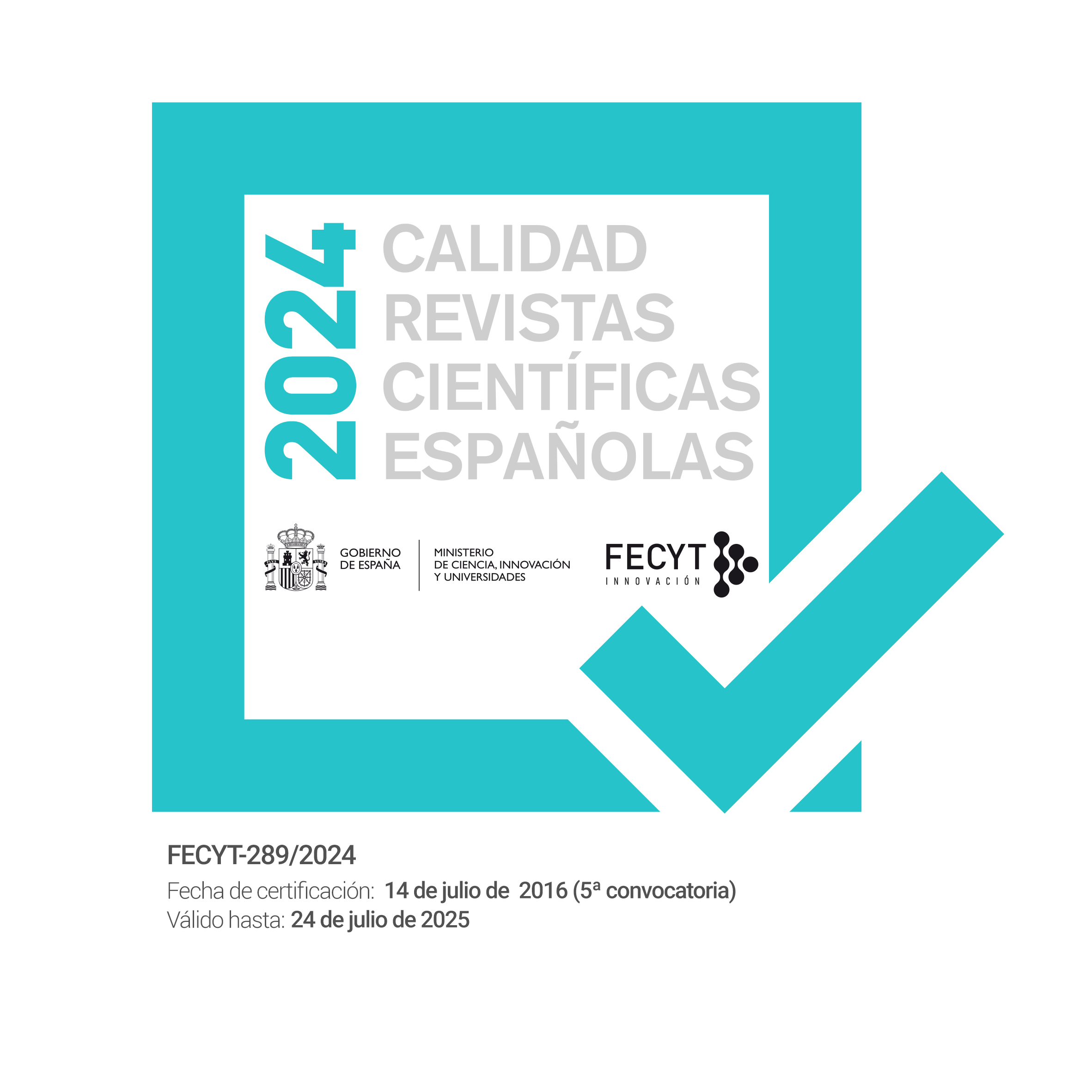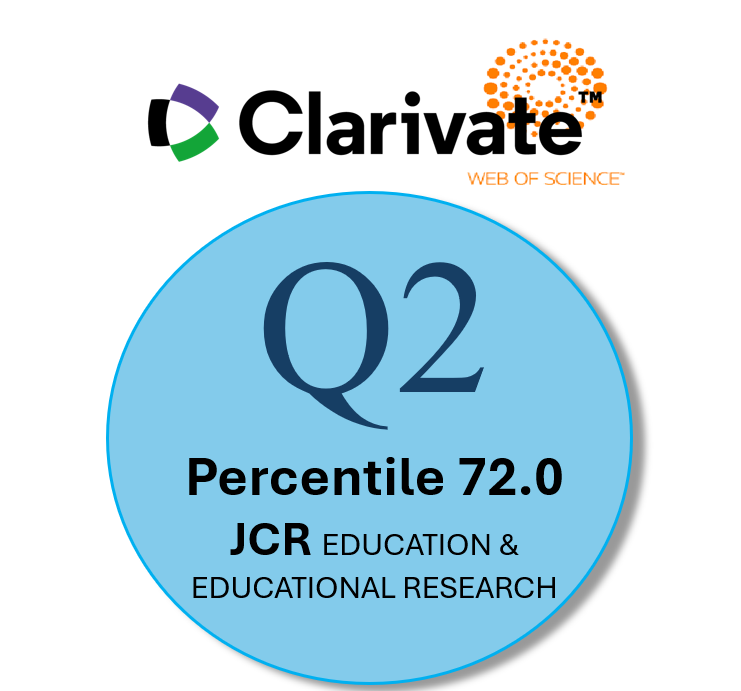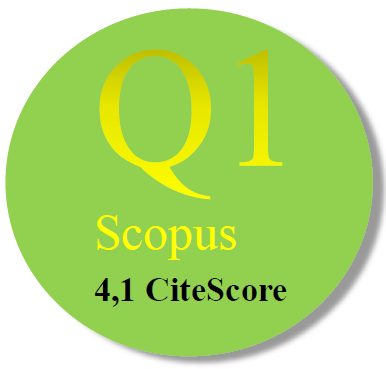SEQUENCING OF CONTENTS AND LEARNING OBJECTS – PART III
Abstract
This is the third part of the article under the same name published in the previous issue of RED. It was then that we stated a vision of the selection and sequencing of learning objects in the context of curricular planning, from the constructivist perspective. In the field of web-based training, we pointed out the importance of having tools and autonomous criteria that guide this process on our own and on external basis, above the prescriptions of technological tools, and from the need of having standardized formats to exchange data. The above mentioned becomes more relevant in the field of e-learning for general purposes, in the areas of academic formation, corporate and general training. It covers the area of formal, non-formal and informal education as well. We have also mentioned the needs the e-learning industry has to fulfil at present in relation to instructional design of learning objects. These needs are both a priority and a challenge. In the first part of this article we developed the constructivist perspective and the concept of technological tools as educational resources, as well as a revision of concepts that are related to e-learning, learning objects, reusable learning objects (RLO) and reusability. In the second part, we dealt with the basis for the theories that rule the procedures for selecting contents, the basic presupposition and the description of the sequencing techniques. In particular, we focused on three of them: Content Analysis Technique, Task Analysis Technique, and Elaboration Theory. In our third and last part, we undertake several issues – not trying to solve them but just in their proposal as enunciation: Is the concept of reusable learning object compatible with the requirements of interdependence of the learning contents? If this is so, what are the requirements for those learning contents?Downloads
Las obras que se publican en esta revista están sujetas a los siguientes términos:
1. El Servicio de Publicaciones de la Universidad de Murcia (la editorial) conserva los derechos patrimoniales (copyright) de las obras publicadas, y favorece y permite la reutilización de las mismas bajo la licencia de uso indicada en el punto 2.
2. Las obras se publican en la edición electrónica de la revista bajo una licencia Creative Commons Reconocimiento-NoComercial-SinObraDerivada 3.0 España (texto legal). Se pueden copiar, usar, difundir, transmitir y exponer públicamente, siempre que: i) se cite la autoría y la fuente original de su publicación (revista, editorial y URL de la obra); ii) no se usen para fines comerciales; iii) se mencione la existencia y especificaciones de esta licencia de uso.
3. Condiciones de auto-archivo. Se permite y se anima a los autores a difundir electrónicamente las versiones pre-print (versión antes de ser evaluada) y/o post-print (versión evaluada y aceptada para su publicación) de sus obras antes de su publicación, ya que favorece su circulación y difusión más temprana y con ello un posible aumento en su citación y alcance entre la comunidad académica. Color RoMEO: verde.














